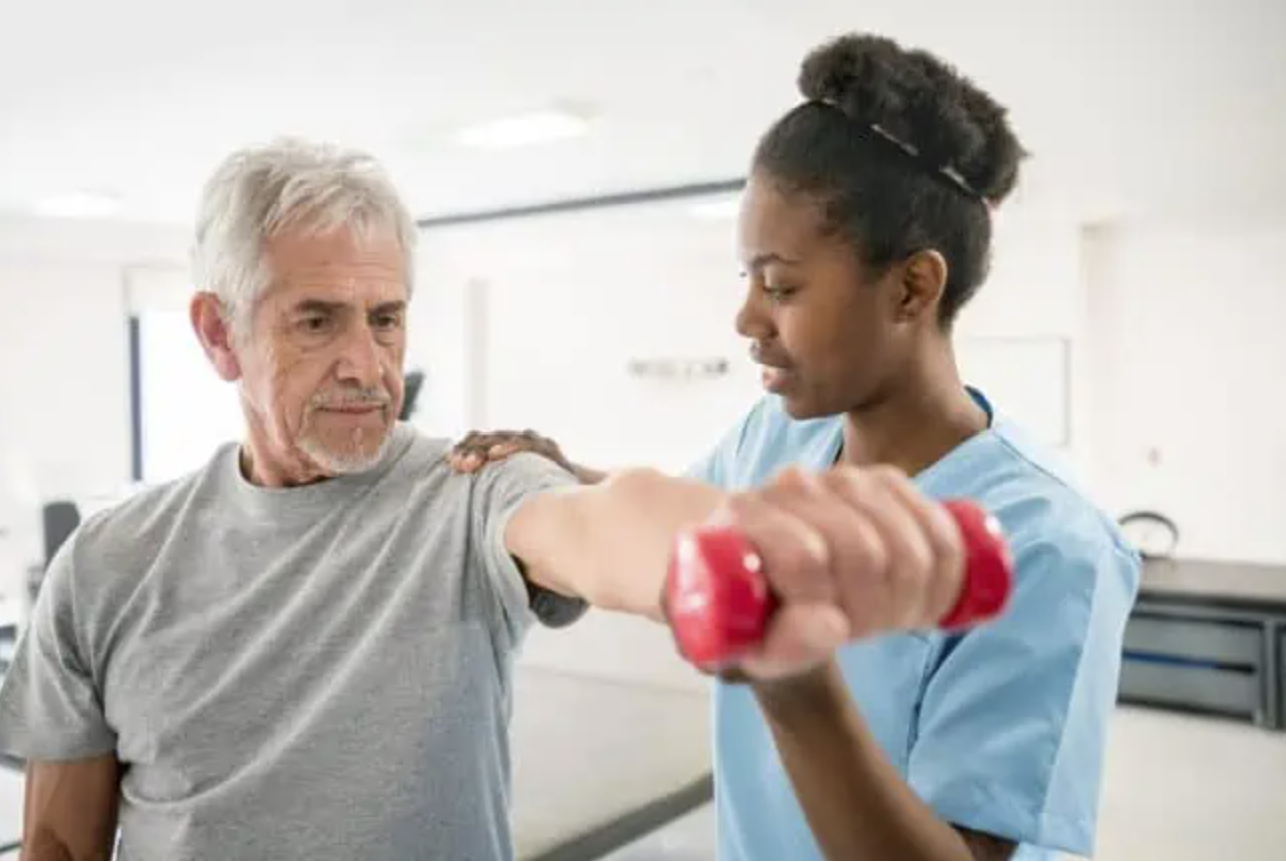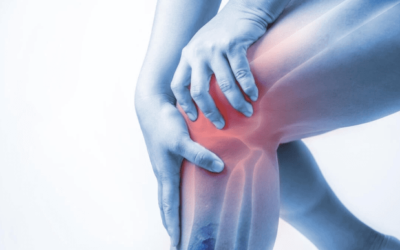The shoulder is the most mobile joint in the body, making it particularly challenging to rehabilitate when its stability is compromised. Successful rehabilitation of the unstable shoulder is dependent on a range of factors; the first being the accurate identification of the type of instability, and any structural or muscular deficits which may be contributing.
Restoration of function and movement patterning through exercise is also a fundamental part of the road to recovery – however, with the stability compromised in such a mobile joint, it can be hard to know where to start when prescribing exercises for your patient.
Listed below are some tips for exercise prescription for the unstable shoulder:
1. Consider the role of the rotator cuff
Yes, we may sound like broken records pushing for rotator cuff strengthening in shoulder rehab, but the fact of the matter is it plays a huge part in shoulder stability! With each exercise you prescribe, there are two things to consider.
Firstly, are you aiming to work the rotator cuff as a mover or a stabiliser? In early rehab, it may be appropriate to begin working the cuff as a mover – aiming to achieve full rotational range of motion, and good strength through exercises in which the arm is supported.
Once your patient has achieved adequate range and strength with the arm supported, it is time to start working the rotator cuff muscles as both movers and stabilisers. This is where you can add in exercises where the arm is unsupported, and progressively increase the range and load as the patient progresses. Research suggests during external rotation at 90-degrees abduction, infraspinatus acts as the main mover, while supraspinatus plays a stabilising role (1) – this is a great example of a later-stage exercise in which the cuff working as both a mover and a stabiliser.

Secondly, which of the rotator cuff muscles are you aiming to address with each exercise? The plane of movement for each exercise will influence which of the cuff muscles is working. Contrary to previous beliefs, research suggests all four rotator cuff muscles co-contract to initiate abduction, rather than supraspinatus taking all the glory. Additionally, research indicates the posterior cuff is more active in shoulder flexion, while the anterior cuff is more active in extension (2).
Basically, the plane of movement for each exercise has an influence on which cuff muscles are being worked the most, so remember to be mindful of this when prescribing your exercises.
2. The cuff needs a stable base to work from
Clinically, we know it’s important to address the scapulothoracic muscles in shoulder rehab. However, the relatively recent consensus regarding scapula dyskinesis has thrown what once was a physio staple up in the air, leaving a lot of clinicians confused. The consensus recommends against assessing for scapula dyskinesis as its influence on shoulder function is unclear; it is present in 50% of healthy people and 61% of overhead athletes (3).
One could deduce from this evidence that a patient’s shoulder pain could improve, with scapula dyskinesis remaining the same. However, this does not mean it is not important to work on the scapulothoracic muscles – adding exercises that work both the rotator cuff and the scapular stabilisng muscles (such as upper/lower trapezius and serratus anterior) is an important part of a well-rounded rehabilitation program.

3. Do you need to add in kinetic chain work?
A recent systematic review found adding kinetic chain exercises to shoulder exercises may increase axioscapular muscle recruitment (with stepping being more effective than squatting) suggesting that this may be useful for retraining scapula stabilising muscles (4). However, another study found there to be no benefit in adding lower-limb or kinetic chain exercises to isolated shoulder exercises alone
for overhead athletes; the authors suggest that kinetic chain exercises should be considered based on individual needs (5).
The bottom line is individualised rehab – you have to consider your patient – if they are having trouble in the cocking phase of a pitch for example, it may make sense to prescribe a functional “cocking-based” exercise which incorporates a step-back motion to replicate pitching. Alternatively, if they are a netballer having trouble with shooting for goal, it may be more appropriate to have a stable base of support.
4. Challenge positions of apprehension
As with all active rehabilitation, the exercises selected need to be relevant to the patient’s deficits and goals. As the patient gets stronger and more stable, exercises should be prescribed to progressively challenge the position of apprehension. For many, this is the 90/90 abduction/external rotation position for anterior apprehension.
Once you begin working the cuff and scapular muscles in this position, progressively add speed, and load to challenge shoulder stability. It must be noted that your patient’s confidence in their shoulder stability will have an impact on their ability to progress into more apprehensive positions, it is integral that you instill confidence in them from the beginning of their rehab all the way to discharge!
Wrapping up
Exercise prescription to rehabilitate an unstable shoulder can be difficult at times, especially when progressing to end-stage rehab and return to sport. It is important to consider the person you are treating, and the way in which their beliefs and goals may influence their recovery. Selecting a handful of exercises based on the above principles and progressing them as your patient improves is a simplified way to start building a successful rehabilitation program.
